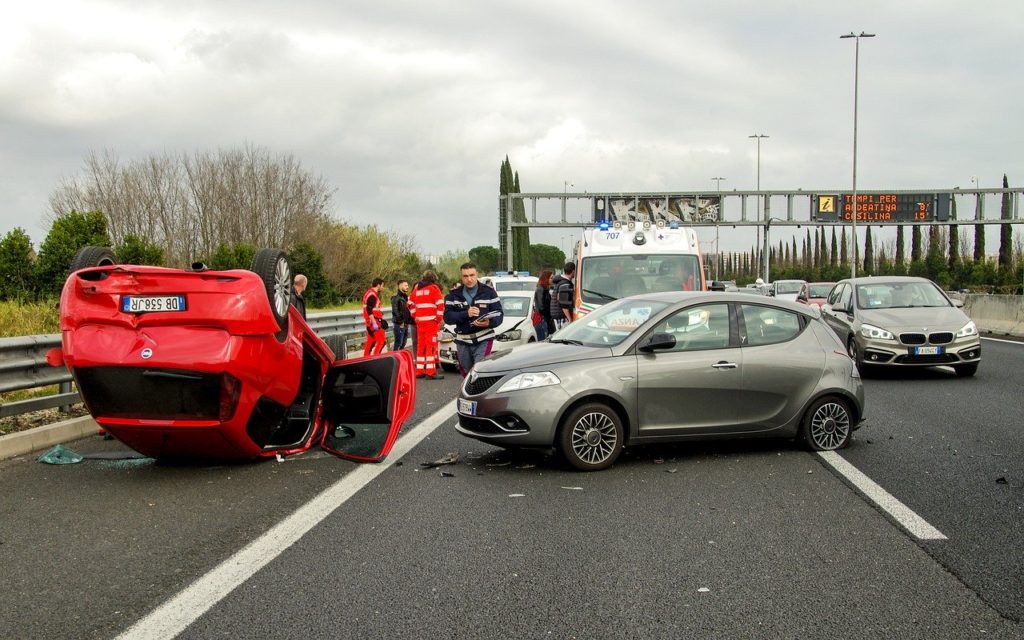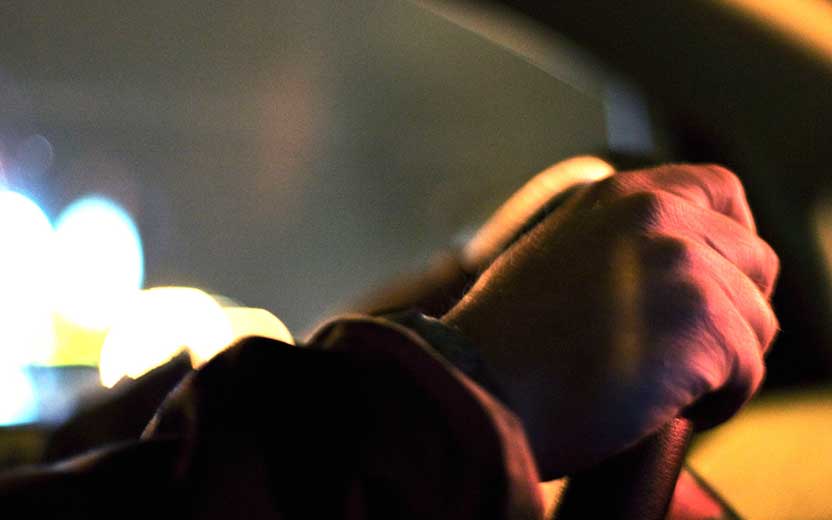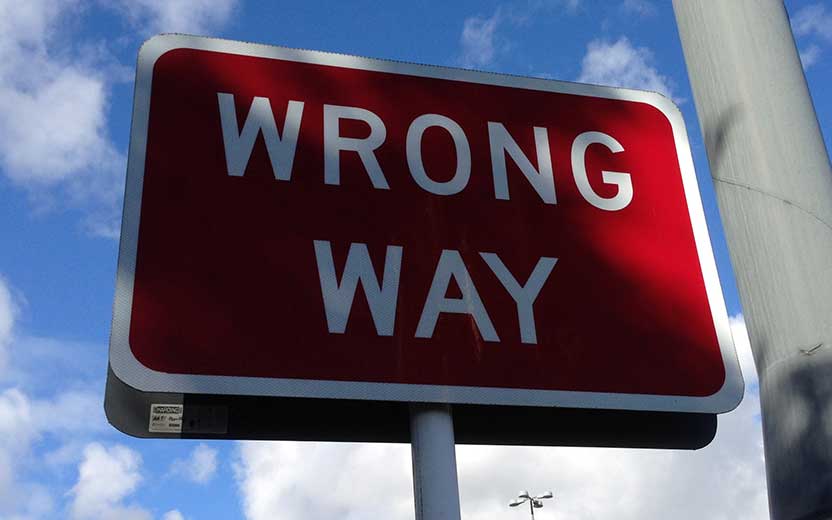By Marcus Fernandez
Road congestion has become as common to life in Florida as sunshine and sandy beaches, but the cars and other vehicles inevitably result in car accidents. According to preliminary data released by the Florida Department of Highway Safety and Motor Vehicles, 3,217 people lost their lives and another 254,342 were injured in the 400,788 collisions that occurred in the state last year. Hillsborough County alone accounted for more than 29,000 car accidents with 227 fatalities and almost 20,000 people suffering injuries.
The injuries and property damage caused by two cars crashing into each other increases with multiple-car accidents. The confusion and uncertainty about what to do following a two-car collision increases as you try to sort out what happened and who may be at fault among the drivers in a multi-car crash.
What is a multi-car accident?
A multi-car accident is any crash involving three or more vehicles. The simple definition belies the truth about accidents involving multiple vehicles: The results can be devastating in terms of the severity of the injuries inflicted upon occupants of the vehicles. All it takes is for one driver to change lanes on a busy highway without looking to see if it is safe to do so, and you could have dozens of cars and other vehicles smashing into each other.
Car accidents involving multiple vehicles may occur in a number of different ways, the most common types include:
- Rear-end crashes (chain-reaction collision): a rear-end crash that begins when a car is stopped or reduces speed and is struck in the rear by another vehicle. The force of the collision pushes the car that was hit into the rear of the vehicle in front of it. These types of crashes may involve several vehicles depending upon the number of cars lined up in the “chain.”
- Intersection collisions: Most intersection accidents involve two or more cars attempting to enter an intersection at the same time. For example, when a single-car makes an attempt to turn and is hit by an oncoming vehicle. It also occurs when one or more vehicles fail to obey traffic signs or traffic lights controlling the flow of vehicles through the intersection.
- Highway crashes: Drivers on Florida highways and interstates where speed limits can be 70 mph have little time to react to changing road and traffic conditions. A collision that begins with only two cars can end up as a wreck with dozens of vehicles crashing into each other at high speeds.
- A two-car crash may involve only one impact or crash, but car accidents involving multiple vehicles may cause a car to be hit more than once. The force of the multiple impacts and the fact they may come from different angles increases the likelihood of
Causes of multiple vehicle car accidents
The sad truth about accidents involving multiple vehicles is that many of them can be prevented if drivers adjust their behavior. For example, driver behavior is a factor in each of the following common causes of multi-car accidents:
- Excessive speed
- Driver distraction
- Tailgating
- Driver impairment caused by drugs and alcohol
- Driver fatigue
Data compiled by the Florida Department of Highway Safety and Motor Vehicles an example of how modifying one driver’s behavior, distracted driving, could make roads and highways safer in the Sunshine State. According to the FLHSM 52,000 crashes, a year could be avoided if drivers paid attention to controlling their vehicles and kept their minds on the road instead of allowing distractions to interfere.
Determining fault in a multi-car accident
If you suffer an injury in a multiple car crash, you may be entitled to be compensated for the damages you incurred and for your pain and suffering. The challenge for personal injury attorneys representing the victims of car accidents with multiple vehicles is identifying the parties whose negligent, careless, or reckless behavior contributed to causing the collision.
Florida law follows the doctrine of comparative fault to apportion damages among the parties in a multi-vehicle crash. A judge or a panel of jurors presented with evidence proving how a collision involving multiple vehicles occurred will decide the percentage to which each party is at fault in causing the damages suffered by the injured accident victim.
For example, if you suffer an injury and your attorney proves negligence on the part of three other drivers involved in the crash, a jury may decide the evidence proved one driver was 70% responsible while the other two drivers were each 15% liable. The insurance company for the first driver would pay 70% of your damages and the carriers for the other two parties would pay each pay 15% of your damages.
What should you do if involved in a multi-car accident?
Determining how car accidents involving multiple vehicles occurred can be a challenge for personal injury attorneys and their accident investigators. If you or a family member have been injured in a multi-car accident, it’s important to select an attorney with experience handling claims for compensation for victims of these types of collisions.
Our Tampa car accident lawyers have over 50 years of combined experience and you can rest assured that your interests will always be put first when protecting your rights. Studies show that multi-car accidents can be very complicated as more than one driver can be at fault. With our experienced attorneys, you will have someone capable of sorting through the facts and circumstances of the accident to gather evidence to identify the at-fault parties and prove the degree of fault of the part of each one. Contact KFB Law today or call 813-279-6519 for a free consultation with one of our trusted attorneys.


